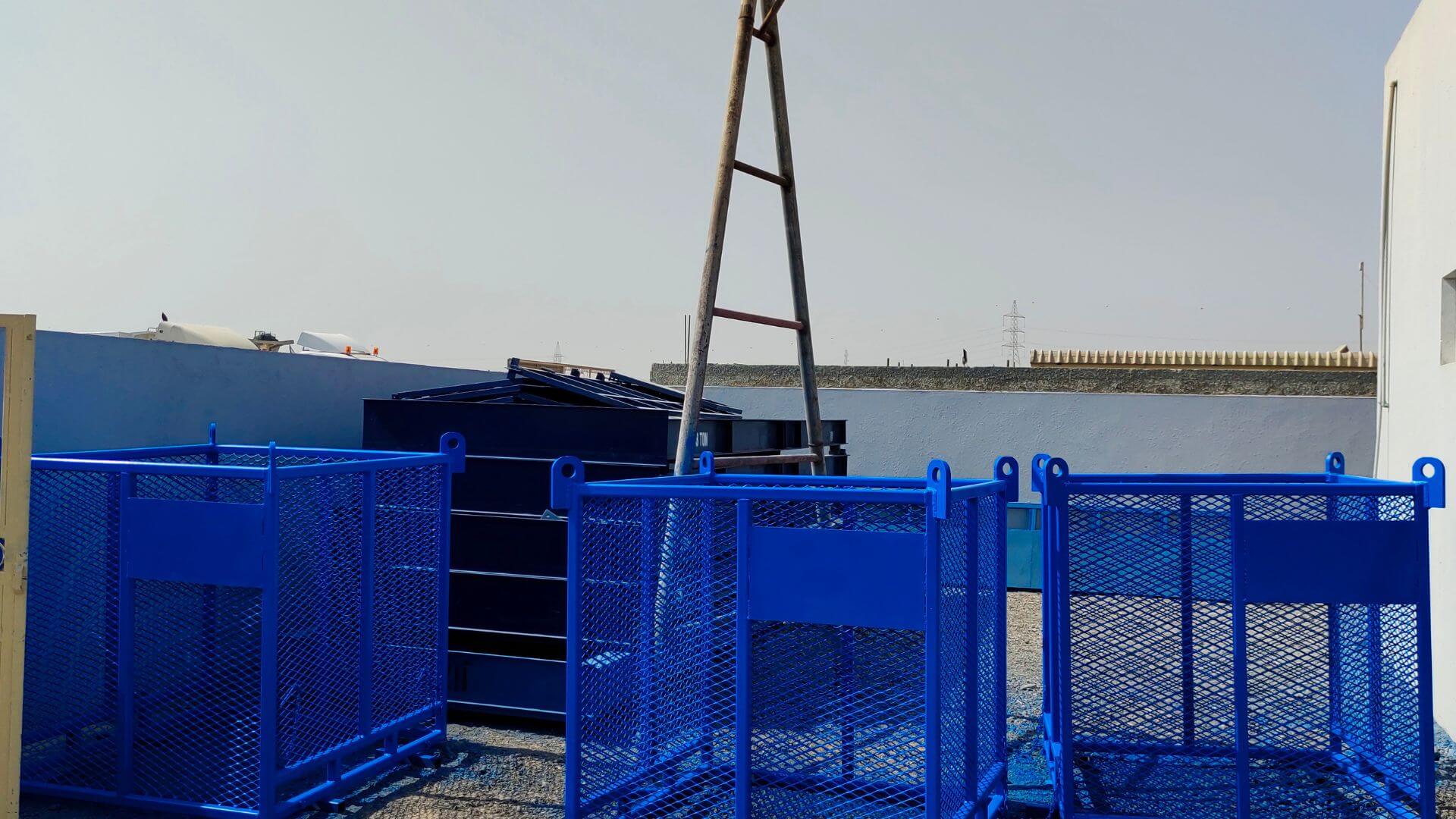
Top 5 Safety Tips for Using Block Lifting Cages on Construction Sites
Construction sites are bustling environments with numerous hazards, especially when it comes to lifting heavy materials and personnel. Block lifting cages are essential tools that improve safety and efficiency by securely transporting materials and workers vertically. However, their safe use depends heavily on following strict safety guidelines. In this blog, we explore the top 5 safety tips for using block lifting cages on construction sites to ensure that everyone goes home safely.
1. Always Adhere to Load Capacity Limits
One of the most critical safety practices is to never exceed the block lifting cage's rated load capacity. Each cage is engineered and tested for a maximum safe working load, which includes the combined weight of materials, equipment, and personnel.
Exceeding this limit can lead to structural failure or cause the lifting mechanism to malfunction, potentially resulting in severe accidents or fatalities. Before each lift, the weight of the load should be calculated and confirmed not to surpass the cage's limit.
2. Conduct Regular Inspections and Maintenance
Routine inspection of block lifting cages is essential to identify any damage, corrosion, or wear that could compromise safety. Pay special attention to structural elements such as welds, mesh enclosures, lifting hooks, locking gates, and hinges.
Any defects found during inspections must be repaired immediately by qualified technicians. Additionally, periodic maintenance ensures the cage remains in optimal condition, extending its lifespan and maintaining safety standards.
3. Secure the Load Properly Within the Cage
Whether transporting blocks, tools, or personnel, the contents inside the lifting cage must be secured adequately. Loose materials can shift during lifting, causing imbalance or even falling out, endangering workers below and damaging property.
Use straps, chains, or netting to hold materials firmly in place. For personnel lifts, ensure workers are safely positioned and that no unnecessary tools or loose objects are carried inside the cage.
4. Train and Certify Operators and Personnel
Qualified and well-trained crane operators and site personnel play a significant role in the safe use of block lifting cages. Operators should be certified and familiar with the lifting equipment, weight limits, and safety protocols.
Workers who are lifted inside cages must also receive safety training, including the use of personal protective equipment (PPE) such as harnesses and helmets. Effective communication between operators and ground personnel using signals or radios is vital for coordinating lifts safely.
5. Follow Strict Safety Protocols and Regulations
Compliance with local occupational health and safety regulations is non-negotiable. In the UAE, construction safety standards are enforced rigorously, including guidelines for lifting operations.
Ensure that block lifting cage operations align with standards set by regulatory bodies such as Dubai Municipality, Abu Dhabi Occupational Safety and Health Center, and international standards like OSHA and ISO.
Safety measures such as clear exclusion zones beneath lifts, signage, and emergency response plans should be in place and strictly observed.
Additional Best Practices for Block Lifting Cage Safety
- Use anti-slip flooring inside cages to prevent falls.
- Check all lifting accessories, including hooks and slings, before every use.
- Ensure the cage is compatible with the lifting machinery being used.
- Never lift personnel in a cage designed only for materials.
- Use safety gates with secure locking mechanisms.
- Communicate clearly and loudly, especially in noisy environments.
Why Safety Matters on Construction Sites
The consequences of neglecting safety when using block lifting cages can be devastating. Falls from height, dropped loads, and equipment failure account for a significant percentage of construction accidents globally.
Ensuring strict adherence to safety tips not only protects workers' lives but also prevents costly delays, legal liabilities, and reputational damage for construction companies.
Conclusion
Block lifting cages are indispensable on modern construction sites, but their safety depends on how responsibly they are used. By respecting load limits, conducting inspections, securing loads, training personnel, and following regulations, you create a safer work environment that promotes productivity and reduces accidents.
Stay proactive about safety?invest in quality lifting cages, train your team thoroughly, and keep safety standards high. Your workers' lives and your project's success depend on it.

